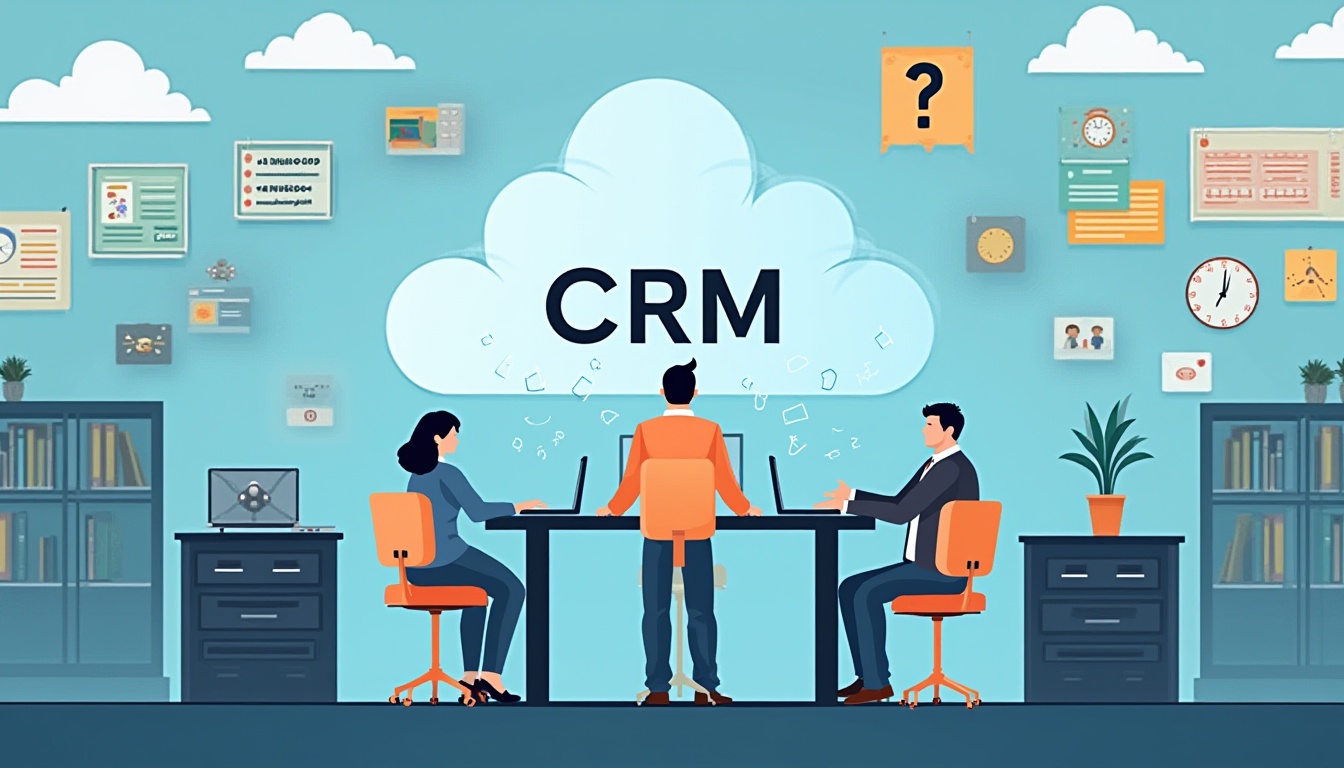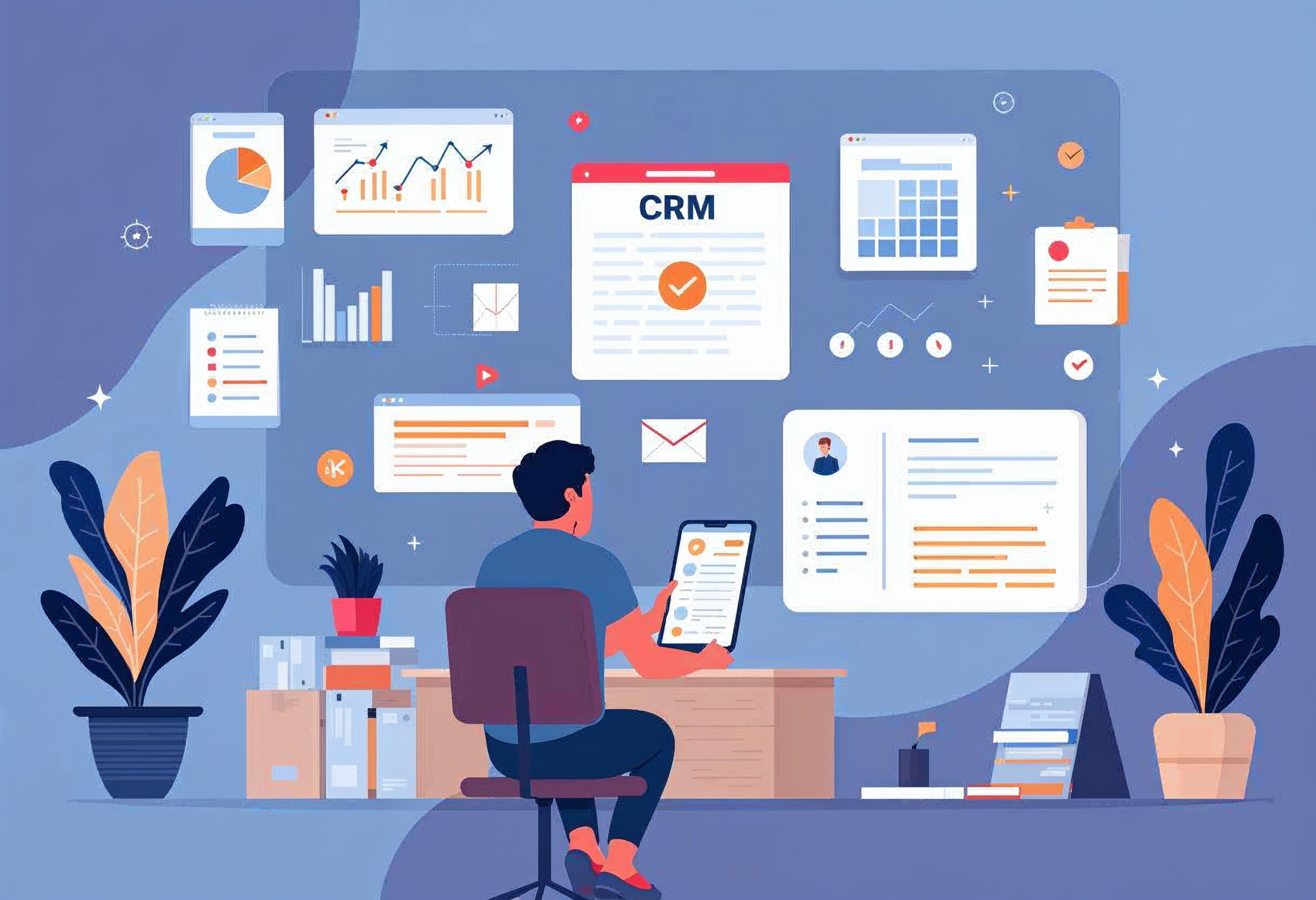In today’s competitive business climate, a CRM should be the foundation of your customer operations: tracking leads, empowering teams, and delivering actionable insights. Yet frustratingly often, it becomes a cost center, not a growth engine.
Common CRM Pitfalls
Many CRM projects crash and burn due to misalignment between:
- Non-technical internal leaders — they champion the project but lack the know-how to define realistic workflows and system architecture.
- Vendor/development teams — they build “off-the-shelf” solutions with little regard for your actual business processes.
This breakdown leads to:
- A patchwork of short-term workarounds rather than structured, scalable architecture.
- A lack of user adoption as workflows force people to change habits overnight.
- Siloed data — sales work in spreadsheets, customer support tracks tickets offline, and marketing sends campaign blasts without connection.
- Endless tweaks — every team demands a “quick fix,” and soon the CRM becomes brittle and unreliable.
Why It Matters
A dysfunctional CRM doesn’t just fail to deliver ROI. It bleeds productivity, frustrates teams, and destroys trust. According to Forrester, poor CRM adoption costs companies an estimated $1.6 million per 1,000 employees.
What Truly Drives Success
Three critical success factors ensure CRM delivers:
1. Hybrid Project Leadership
Your project lead must understand both the business and the technology — speaking fluent sales, marketing, support, and code. They guide architecture decisions, onboarding paths, and integration plans.
2. User-Centered Workflow Design
A CRM isn’t an app store — it’s your operational backbone. Every workflow should start with the question: How does this team work today, and how can we improve it? Only then should we configure forms, automations, and reports.
3. Iterative Testing & Adoption
Start small. Pilot with 5–10 users, pause to iterate based on feedback, then gradually roll out. Don’t wait to launch everything at once — it often fails when users feel lost and overwhelmed.
How a Custom Zoho Setup Lifts the Load
At Tamooh, we’ve seen hundreds of CRM implementations fall apart early — and we’ve built a framework that brings them back on track:
- Discovery Cleanups: Validate your current tools & processes before writing a line of code.
- Visual User Journeys: We map how each department interacts with leads and customers — then replicate that in Zoho Forms, Creator, or CRM.
- Smart Integrations: We stitch in your email, WhatsApp, ERP, and external databases, not just for records but for real-time sync.
- Governance & Documentation: Every workflow, field, and automation lives in our version-controlled design docs — not locked in people’s heads.
Bottom line: A CRM project fails not because CRM is flawed — but because teams try to bolt generic software onto complex human interaction.
A custom Zoho build, led by hybrid experts and designed around your operations, turns a potential CRM failure into a core growth driver.







